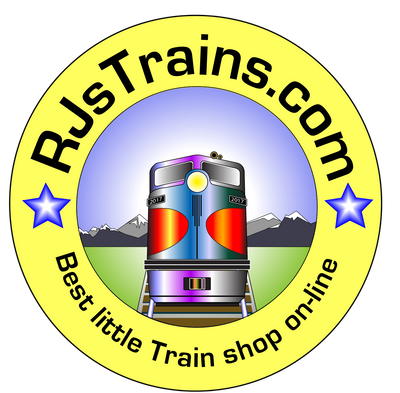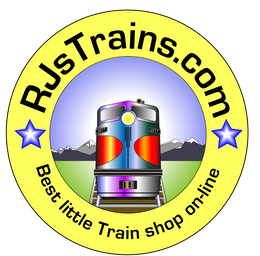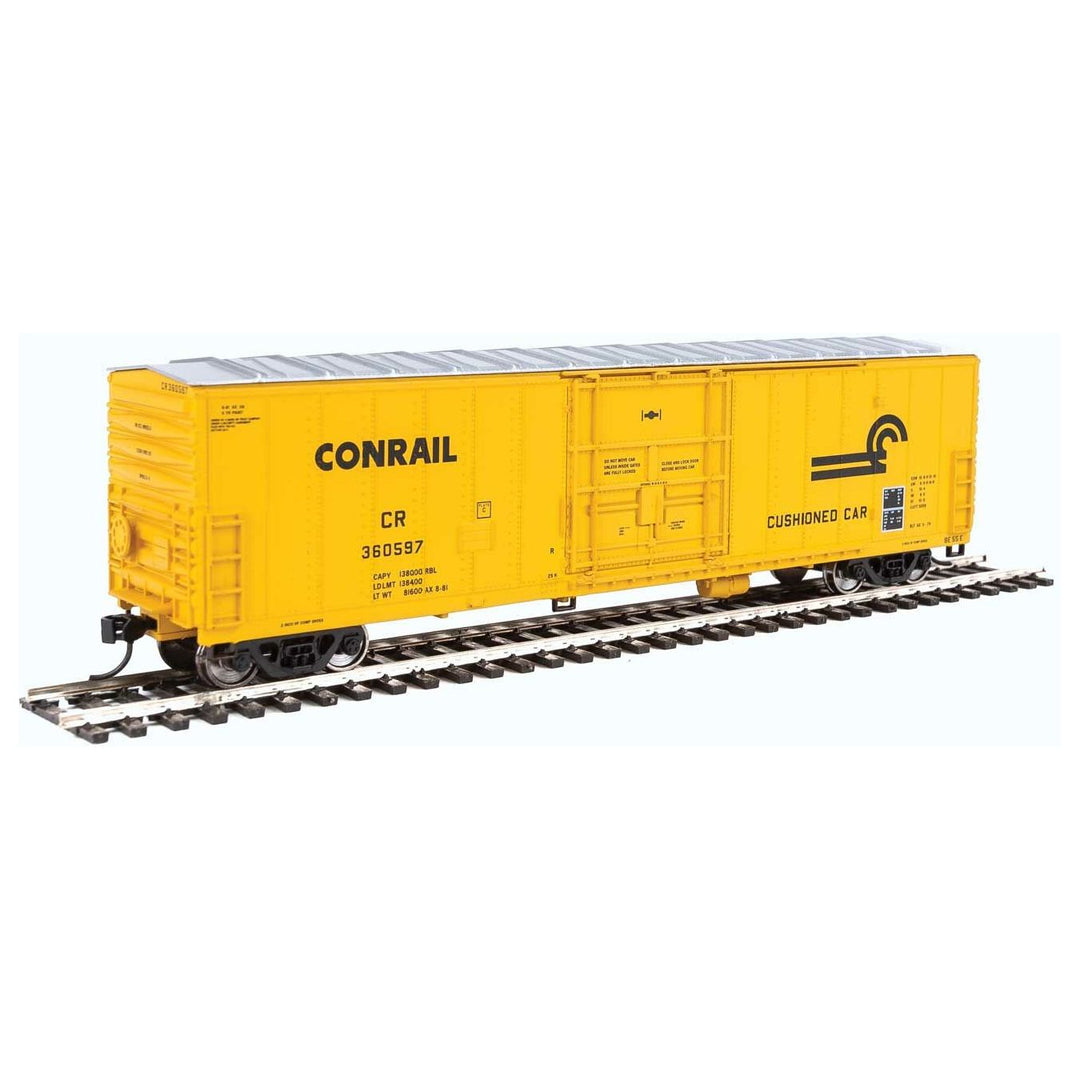Filter
-
HO Scale
-
N Scale
- N Scale Diesel Locomotives
- N Scale Electric Locomotive
- N Scale Steam Locomotive
- N Scale Containers
-
N Scale Passenger Cars and Sets
-
O Scale
-
Couplers, Wheelsets & Trucks
-
Signalling
-
Supplies and Tools
- PanPastel
-
Used & Clearance
-
Track
- Choo Choo Vision






